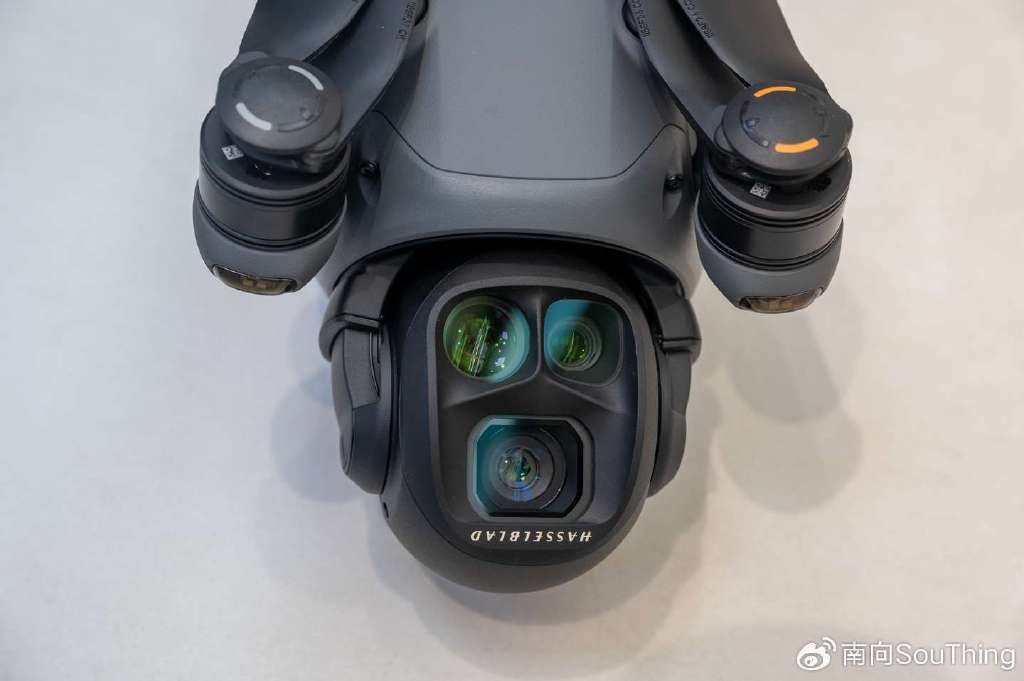Navigating the nuances of UAV technology, particularly when it comes to drone down scenarios, is essential for both enthusiasts and professional operators. Drones, or Unmanned Aerial Vehicles (UAVs), have become an integral part of modern technology, serving purposes ranging from aerial photography to surveillance and delivery services. As their usage expands, understanding the circumstances and resolutions surrounding their downtime becomes increasingly significant.
In the world of drone operation, experiencing a ‘drone down’ situation signifies the occurrence of operational setbacks, which can arise due to various factors. These can range from technical malfunctions, adverse weather conditions, signal interference, or even human error. Addressing these challenges requires a nuanced approach, both in preventative measures and real-time solutions.
Weather conditions play a pivotal role in the effective functioning of UAVs. Wind, rain, and extreme temperatures can lead to compromised performance or complete shutdowns. Therefore, pre-flight weather assessments should never be overlooked. Operators should be equipped with the knowledge and tools necessary to predict and adapt to meteorological changes, thereby safeguarding their equipment and data integrity.
Signal interference is another leading factor that contributes to drone down incidents. The reliance on radio frequencies and GPS signals makes UAVs susceptible to disruptions, which can be caused by physical obstacles, electromagnetic interference, or overcrowded frequency bands. Using advanced communication technologies and strategic flight planning can help navigate these hurdles, ensuring uninterrupted drone operations.
Human error, although often unavoidable, can be minimized through comprehensive training and practice. Extensive skill-building classes and simulations can empower UAV operators to enhance their accuracy and responsiveness, especially in emergency situations. It’s crucial to maintain calm and follow established protocols when dealing with drone down situations.
UAV Efficiency Optimization Strategies
Maximizing efficiency demands an integrated approach, where technology and human expertise blend seamlessly. Enhanced battery life, innovative propulsion systems, and AI-driven flight controls are among the advancements driving better performance. These innovations also help in managing drone down scenarios effectively, providing operators with tools to swiftly address unexpected challenges.
Investing in research and development is vital for furthering drone capabilities. By understanding and analyzing past failures, manufacturers and programmers can continuously refine the technologies involved. Collaborative efforts between tech companies, regulatory bodies, and users themselves are fundamental in driving forward the capabilities of UAVs.
FAQs on Drone Downtime
Q1: What should be done when a drone goes down?
Firstly, assess the situation for immediate hazards. Following that, use recovery protocols to safely retrieve the drone. Analyze any data from the incident to prevent future occurrences.Q2: How can regular drone maintenance prevent downtime?
Maintenance schedules can ensure that all components are functioning properly. This includes checking battery life, software updates, and mechanical parts, all contributing to reducing unexpected issues that result in downtime.Q3: Are there legal considerations for drone down events?
Yes, understanding local regulations about airspace rights and liabilities is important. Reporting requirements may vary based on jurisdiction, particularly if the incident results in property damage or personal injury.Despite the complexities involved, addressing drone down scenarios effectively can lead to increased efficiency and broaden the practical applications of UAV technology, ultimately driving innovation and reliability in various sectors.